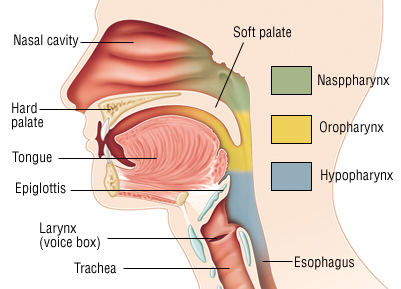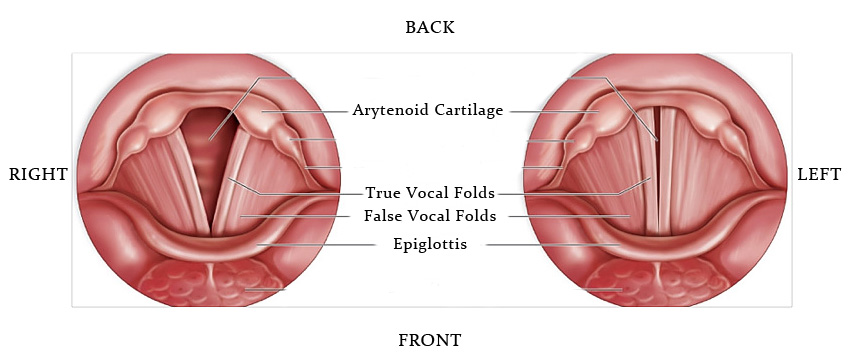The Human Voice
The human voice
The human voice is one of the most flexible and smallest instruments in the world.
In the human body, structure determines function. That is the shape and form of a structure determine the manner in which the structure will operate. Thus it is important to understand the anatomy of a structure to understand how it works.
The human voice is one of the most flexible and smallest instruments in the world.
In the human body, structure determines function. That is the shape and form of a structure determine the manner in which the structure will operate. Thus it is important to understand the anatomy of a structure to understand how it works.
The larynx has several important functions. Primarily, it is a respiratory organ controlling the flow of air into and out of the lower respiratory tract. The larynx protects the lower airway from access by anything but air and also has a role in deglutition. The role of the larynx is the primary sound generator.
Unlike songbirds, humans do not possess an organ such as a syrinx, and it is the lack of this special organ that makes technical training in singing a necessity.
The cartilages of the larynx
The arytenoid's find their points of attachment to the cartilages. Since they are located within the interior of the larynx, they are therefore intrinsic. The cricothyroid are attached the outer surface of the thyroid cartilage and they are therefore extrinsic. The intrinsic muscles of the larynx are associated with the respiration; the extrinsic muscles are connected, both neurologically and muscularly, to the process of swallowing. In phonation the two systems must reverse their natural roles and function in a coordinate relationship.
The human vocal mechanism freely functions when there is a great foundation of vocal technique.
Good singing starts from the way in which the instrument is positioned. Whether the singer is tall or short, thin or thick, male or female, structural alignment must pertain. The external frame function of the musculature of head and neck, the position of the rib cage, the relationship of the muscles of the torso to the rib cage and the sternum, and the balance of body dynamic muscle equilibrium are some principles that pertain for all singers.
Similar to the trumpet, which needs the buzzing lips to serve as the oscillator for sound production, the human voice has vocal folds to serve this function.
The larynx, which is commonly, called the voice box, houses the vocal folds and is the primary organ involved in the voice production. It is encased by the ‘Adams apple’ (also called the thyroid cartilage) and sits above the trachea (the windpipe) and in front of the oesophagus in the neck.




